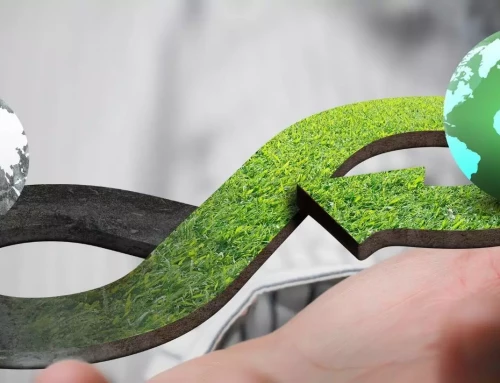Benefits of Sustainable Plastic to the Environment
Why do we need Sustainable plastic?
The benefits of plastics are already known – versatile, safe, and economic. Used in making airplanes to carry bags, protecting and preserving food and medicine, increased affordability of better lifestyle and comfort.
However, concerns around plastics are increasing with their increased consumption and they are not sustainable. That is as a result of –
- Ocean pollution and landfills caused as a result of poor management of plastic end of life
- Use of toxic chemicals such as phthalates, BPA, formaldehyde for sensitive applications
- Depleting fossil resources that need many hundreds of years to regenerate
- Increase in carbon footprint with about 4.5% of global GHG emissions attributed to plastics, twice the aviation industry.
Making plastics sustainable ensures the benefits of plastics can be enjoyed by many generations to come. Consumers want to contribute to a more sustainable world but won’t sacrifice quality or price.
Many plastic-alternative solutions usually cost more than their traditional plastic counterpart. It is very unlikely that mainstream customers would buy them simply because of the price. If a product does not appeal to most consumers, the environmental benefits will never be realized at scale.
So, the goal is to develop something sustainable and affordable, while ensuring the functionality desired for the product’s intended use.
Plastics are sustainable when –
- They are made with reclaimed or renewable feedstocks, instead of fossil resources
- Toxic chemicals are avoided while making plastics and plastic products
- A robust plastic waste management process and governance is in place
Using sustainable plastics have significant benefits as outlined here.
- Reduce carbon footprint and help fight climate change
- Make sustainability affordable and enable mainstream adoption
- Conserve fossil resources
- Create value for plastic waste, thereby preventing ocean pollution & landfills
- Make plastics safe for their intended use
How do biocomposites make plastics sustainable?
Reducing the amount of non-renewable feedstock used in plastics can lighten the environmental footprint of your product.
Biocomposites made from agricultural by-products, can increase crop value for farmers, and support rural communities without competing with food sources.
Manufacturers can reduce waste and create valuable new markets for industrial by-products, like bamboo fibers, and reclaimed plastic.
Biocomposites help OEMs create innovative products that maintain quality at an affordable price, and make consumers feel good about the sustainable products they’re buying.
This can be the simplest way to lighten the environmental footprint of products. These materials can reduce the amount of non-renewable feedstock while increasing the physical and aesthetic attributes of a product.
How can you help the cause?
Biocomposites allow product designers and manufacturers to satisfy consumers with cost-competitive products with a lighter environmental footprint and enhanced performance and aesthetics.
You can stand behind your commitment to sustainability—and you can market that while making and selling a quality product.
Want to learn more about the benefits of sustainable plastics? Request a consultation with one of our experts today






